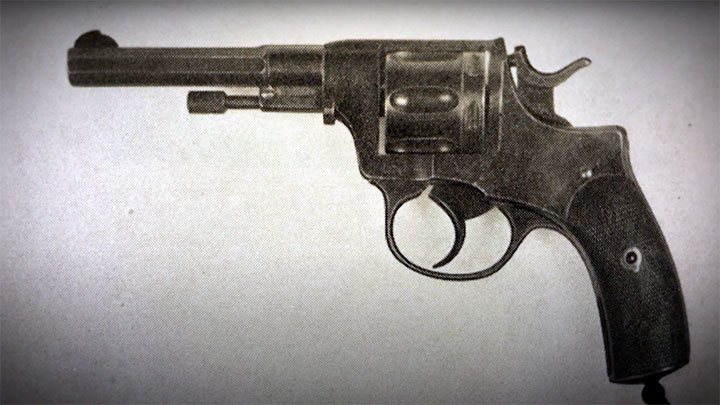While most European nations at the turn of the 20th century adopted more modern handguns chambered in calibers like 9 mm and .32 caliber for their military side arms, the Norwegians went down a different route. They adopted a handgun more powerful than most in European armies at that time chambered in 11.25 mm, or .45 ACP as we know it. That handgun was the Model 1914, a Norwegian adaptation of the Colt M1911 developed just a few years prior.
The Norwegians paid close attention to handgun trials held by the U.S. Army in the first decade of the century. In these trials, referred to as the Pistol Trials of 1907, the U.S. sought to replace its existing single-action revolvers with a more modern design. After years of testing and deliberation, the U.S. finally selected John Browning’s semi-automatic handgun design submitted and improved by Colt, which became the Model 1911.

At the time, Norway's standard issue military side arm was the M1893 Nagant revolver. The Norwegians sought to replace these revolvers with the more modern semi-automatic M1911 design adopted by the U.S. The Norwegians acquired around 300 of the commercially produced "C Prefix" Colts to test the Browning design for themselves, which they liked quite a bit. They then sought to adopt the design as the Model 1914 and be able to manufacture the design for themselves.
The Norwegians ultimately chose a production location for the new handguns at the Kongsberg Armory, with the guns produced there referred to as "Kongsberg Colts." Despite the nickname inclusion of Colt, the license for Browning patents in Europe was through FN in Belgium. The Kongsberg M1914 was largely identical to the Colt M1911, except for a few features.

One of the most recognizable changes to the design of the M1914 was the extension of the slide-release lever downward, allowing the user to release the slide without breaking grip form. Other than different roll marks, another visible difference on the M1914 is that every single part has the pistol's serial number stamped in along with the year of production on the slide. Otherwise, the M1914 design remained remarkably similar to the Colt M1911, including the caliber.
Instead of adopting the M1914 in a caliber more typical among other European nations at the time, the Norwegians chose to adopt the design in the same .45 ACP chambering as its American counterpart. This made Norway the only European nation to adopt the .45 ACP cartridge, an interesting move on their end since it required them setting up new production lines to produce the new ammunition.

The M1914 handguns was manufactured at the Kongsberg Armory from 1914 to 1948. During the interwar years, not many were produced with possibly none made some years during that time. Norway didn't have a large military, and so they didn't require a large number of M1914 pistols to meet their needs. Production was thus stretched out during the 1920s and 1930s.
When Norway was occupied by Nazi Germany during World War II, the Germans insisted that the Norwegians provide some small arms to equip the German occupying forces. A small number of M1914 handguns were manufactured at the time for use by the Germans, and bear German waffenampt acceptance stamps. These German accepted M1914 are noteworthy in that they also have a rougher finish than the standard production M1914s.
To watch complete segments of past episodes of American Rifleman TV, go to americanrifleman.org/artv. For all-new episodes of ARTV, tune in Wednesday nights to Outdoor Channel 8:30 p.m. and 11:30 p.m. EST.























